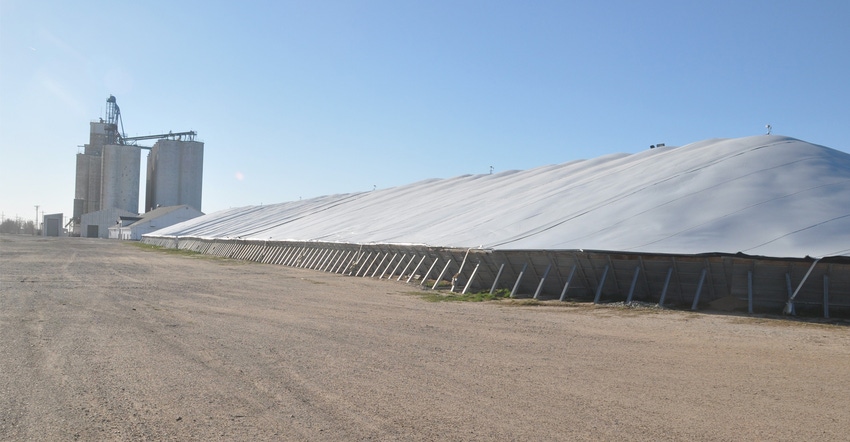
There’s an old country song that promises, “if we can only make it through December” then surely better times lie ahead. And everybody knows that the mantra of farm life is, “next year will be better.”
Well guys, we’ve made it through December. And as a new year begins, there are — finally — some signals that the coming year will indeed be better and the long downturn in agriculture might be coming to an end.
Progress on the United States-Mexico-Canada Agreement has lifted hopes of increased sales of corn, cotton and soybeans to Mexico as well as dairy products to Canada. A Phase I agreement with China is creating optimism in all circles, as negotiators have said the agreement will include a promise from China to purchase $40 billion of U.S. agricultural goods for each of the next two years. I confess to skepticism in spite of remaining hopeful.
Considering China’s largest year ever of purchases totaled $26 billion in ag products, I am not so sure that, in the midst of a devastating outbreak of African swine fever that has wiped out more than half of its hog herd, China will either want or need a big jump in soybean purchases.
Perhaps. However, there is a good chance of increases in sales of finished pork and pork products. And maybe poultry and beef will benefit as well as people look for a replacement to homegrown pork in their diet. But $40 billion?
Is there a pent-up demand in China for the U.S. products that they haven’t been buying over the last couple of years? Maybe. There sure is a glut of the unbought grain sitting in piles around Kansas.
The good news is wheat is starting to move again for the first time in six years, not just to customers in China but around the world. And USMCA could see Mexico buying more corn and wheat as well.
What impact will there be from the devastating drought in Australia and New Zealand? It’s easy to see the impact that the depopulation of the Australian cattle herd will have over the next couple of years. Fewer cattle means less beef for our friends down under to export for a long time.
U.S. producers are poised to gain from that. More demand for beef worldwide equals more demand for grain and DDGs from the feedyards. That looks very positive for grain prices and beef prices and a better economy for Kansas producers.
Even as producers look toward the chance to take advantage of the increased demand created by Australia’s losses, there are reminders that Kansas — especially feedlot country in southwest Kansas — could also be facing a return to drought conditions. While December brought some much-needed moisture, it was not enough to help much, especially with temperatures moving right back into the 40s and 50s and the winds picking up speed.
Still, the hope that comes with the dawn of a new year feels good and a sense of optimism is long overdue. Here’s to hoping that Kansas farmers will, indeed, have a happy and prosperous New Year.
About the Author(s)
You May Also Like






